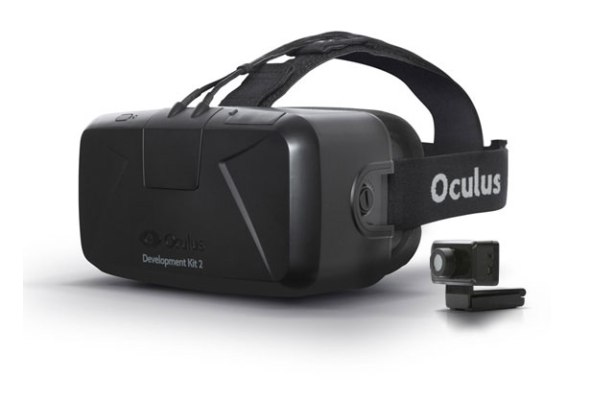The virtual reality hype is real. It is undeniable that virtual reality is in popular demand among early adopters and hardcore gamers. Facebook’s Oculus Rift is sold out until June because, despite an initial public outcry against its price, many are willing to pay $599 to be one of the first to own the headset.
Those who purchased Rift are also presumably willing to purchase a PC necessary to operate the headset, if they do not already own one. The new PC will likely cost them at least an extra $1,000 based on Oculus’ recommended hardware specifications. This makes the initial total cost of virtual reality at least $1,500, placing first-generation virtual reality out of the price range of most consumers, except the most passionate supporters. The revolutionary nature of virtual reality is inconsequential if it is inaccessible to nearly everyone.
Due to virtual reality’s high price today, one of two possibilities can occur: either its price gradually declines until it is accessible, or companies drastically reduce its cost by offering it alongside a nascent technology called cloud gaming.
Virtual reality cloud gaming is the concept of rendering games in data centers, then video streaming the rendered output directly to the user’s headset. By outsourcing to distant server farms the computational power necessary to render games, consumers will not need to buy a PC. This cuts the initial cost of virtual reality to about a third of its current price, making virtual reality much more attainable for the average consumer.
Additionally, cloud gaming removes the need for consumers to constantly upgrade their PC every few years. This is crucial if they want to play the latest and greatest games. An outdated PC can cause virtual reality applications to underperform, with low frame rates and sub par graphics, resulting in a degraded immersive experience and motion sickness.
The revolutionary nature of virtual reality is inconsequential if it is inaccessible to nearly everyone.
With cloud gaming, games that would typically be rendered by a PC with a high-end graphics card would instead be rendered in the cloud, allowing headsets to simply function as thin clients. Shifting much of the device’s complexity to data centers will not only reduce the individual unit cost of a virtual reality headset and remove the need for mandatory PC upgrades, but will also provide secondary benefits to the headset, such as improving its ergonomics and increasing its battery life.
A few major virtual reality companies already have the expertise to offer cloud gaming. Sony, who makes PlayStation VR, has a cloud gaming service called PlayStation Now. It has also acquired two cloud gaming pioneers, Gaikai (2012) and OnLive (patents, 2015). Similarly, Oculus also possesses deep cloud-gaming expertise, with its CEO (Brendan Iribe), Chief Software Architect (Michael Antonov) and VP of Product (Nate Mitchell) all previously working for Gaikai.
A relatively unknown player, GameFace Labs, recently revealed at CES their plans to create an untethered virtual reality headset that does not need a PC to operate. Their CEO, Edward Mason, stated that their device “effectively can get zero latency virtual reality cloud gaming working.” The company plans to use cloud gaming to allow users to play games instantly without needing to wait for a download. Their headset features an NVIDIA Tegra chip and “twice the power of an Xbox 360, strapped to your face.” GameFace Labs plans to release its headset next year.
While modern first-generation virtual reality devices seem promising, the introduction of a lightweight, standalone and portable virtual reality headset that supports cloud gaming will likely be the headset responsible for accelerating mainstream virtual reality adoption. Consumers would finally be able to afford virtual reality. Until then, due to its high initial cost and the necessary and frequent computer upgrades, virtual reality is only suitable for hardcore gamers, early adopters and the rich.
